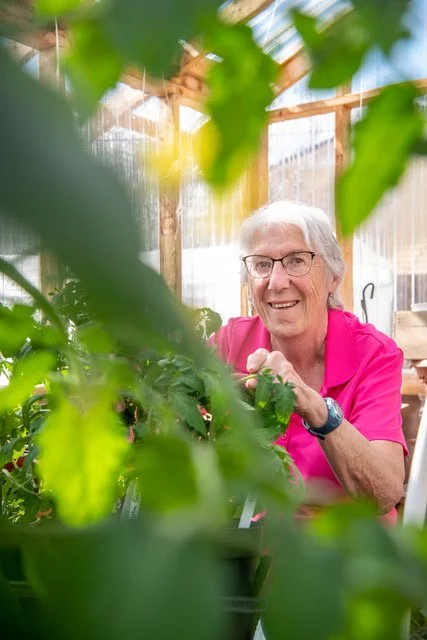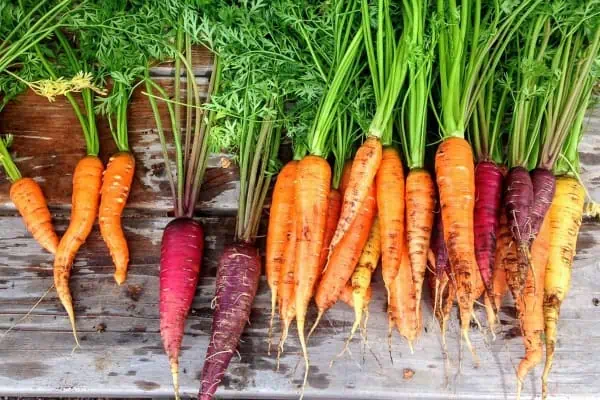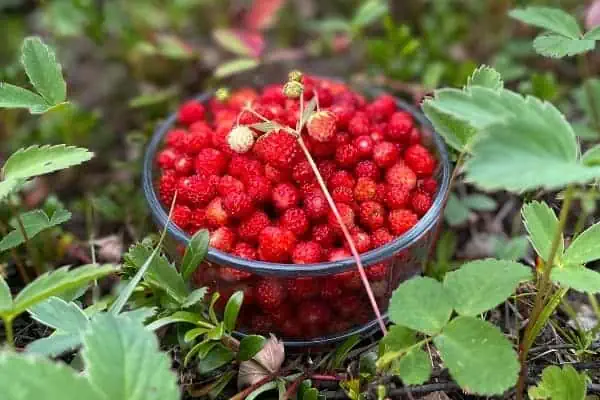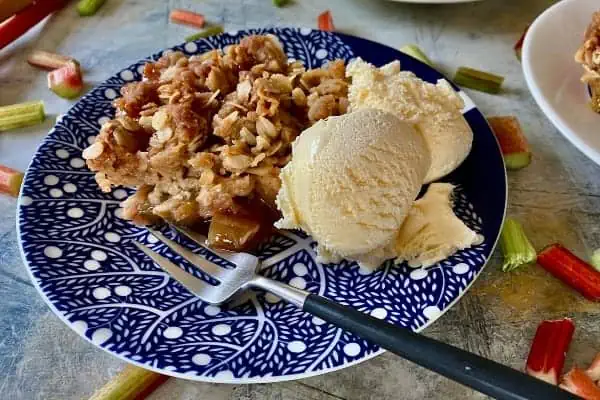
With everyone still on lockdown and the unusual circumstances we find ourselves in under the COVID-19 lock down, many people are thinking about growing a garden this year — some, perhaps, for the first time in their lives. Whether you’re new to gardening, had a garden down south and would like to improve your techniques here in the Yukon, or an old-hand with garden soil always under your fingernails, long-time Yukon gardener and garden consultant Ingrid Wilcox can surely teach you something new.
Here are a few tips and tricks from Wilcox for first time gardeners.
1) Start small
Don’t get carried away and try to work with too big a space, especially if you’re gardening for the first time, says Wilcox. Gardeners should be realistic about how much they actually can (and want) to take care of.
“A good small garden is better than a huge garden overrun by weeds you can’t manage,” Wilcox notes.
2) Adjust your expectations
New gardners and gardeners new to the Yukon should remember that even when a gardening book says it’s about “Northern” gardening, it’s probably not directed at gardening in the North, and is probably geared towards places like Northern Ontario or Edmonton. Like everything else, gardening here is different than it is down South, and with a few exceptions to particularly sunny or specialized breeds, heat-loving plants like tomatoes, cucumbers and squashes really need a greenhouse to be really successful, Wilcox says. While it’s possible to make them produce for you if you have the right tools and know-how, expecting to be a “master gardener” right away is just going to lead to disappointment, she notes.
The best plants for newbies to start with are greens, such as kale, salad fixings and swiss chard. Broccoli, cabbages and cauliflower also does well up here, although Wilcox suggests buying those as starter plants, instead of trying to start them indoors, as it’s a bit late for that at this point.
3) Feed your plants good things
Starting with fresh, clean soil, including peat and compost, is a good start for healthy plants, says Wilcox, but it takes a lot of energy to make a tasty vegetable, and so to really get good results you need to give them a little extra fertilizer. Whether you go organic or not is up to you, but Wilcox says a good natural fertilizer you can whip up at home is:
4 parts blood meal
2 parts bone meal
1 part kelp or rock phosphate
Mix together in a bucket, apply a thin layer to the surface of the soil and then work it in before planting. In about July, when plants are really busy growing, Wilcox says it’s a good idea to apply it a second time.
4) Keep your plants warm and happy
“If your feet are cold, you’re miserable,” says Wilcox, “well, it’s the same thing for a plant’s roots.”
Most plants will start growing when the soil is around 5 degrees C, but do best when soil — not the air, the actual earth itself — is around 10 degrees C, she says. To help get her beds ready to plant, Wilcox lays clear plastic sheeting over top and pulls it tight, which helps naturally heat up the soil. Wilcox also recommends leaving your garden hose in the sun, or pouring water into a rain barrel (especially if you’re on well water, which tends to be very cold) so the sun heats it up.
Nobody, not even arugula, likes a cold shower.
5) Plant things you actually want to eat
“If you and your family don’t like broccoli, why plant a whole bed of it?” says Wilcox.




